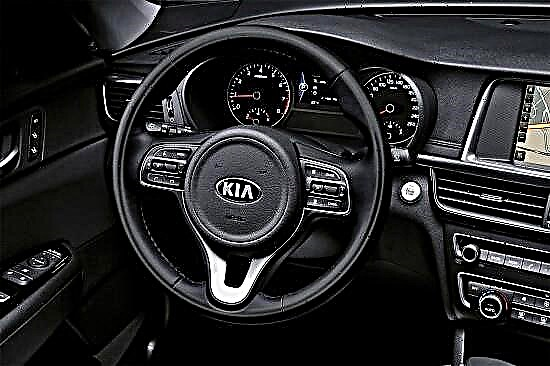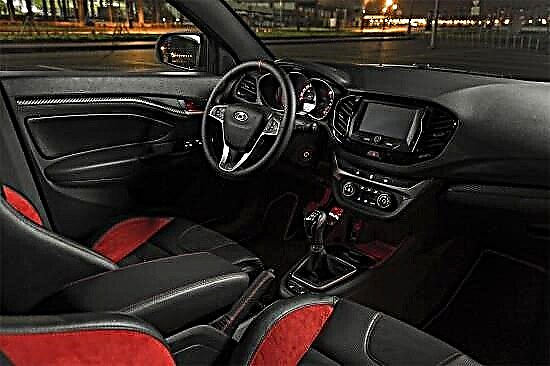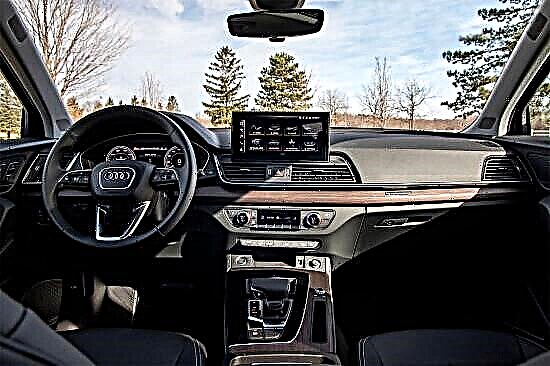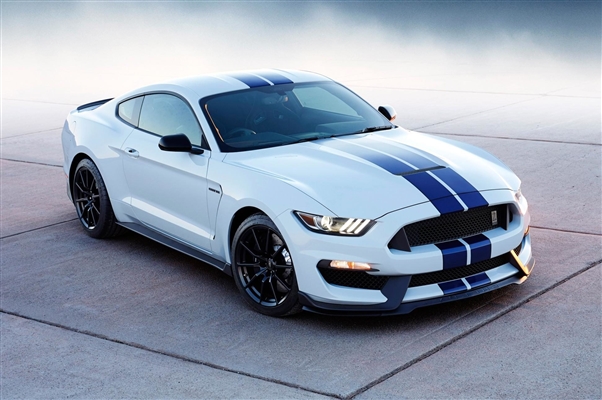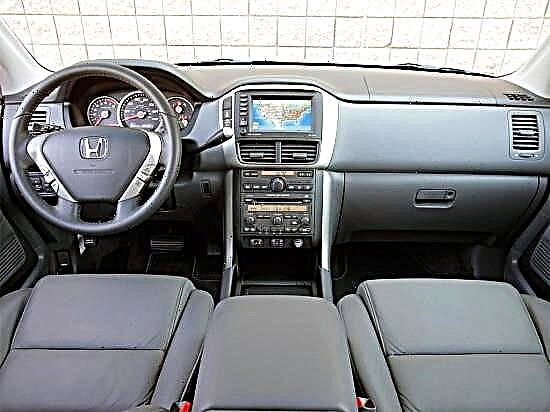The mid-size crossover Honda Pilot of the first generation was introduced by the Japanese company in 2002, and it was created specifically for the American market, where it was so successful that it went on sale in Europe.
In 2006, "Pilot" underwent restyling, as a result of which it received changes in the exterior and interior, after which it was produced until 2008 - it was then that the second generation car made its debut.

The "first" Pilot is a mid-size crossover with a brutal appearance. The external dimensions of the body are very solid: 4775 mm in length, 1793 mm in height and 1963 mm in width. Between the axles of the Japanese "rogue" there are 2700 mm, and from the bottom to the road surface (clearance) - 203 mm. In running order, the car weighs 2 tons, and its gross weight exceeds 2.6 tons.

The first generation Honda Pilot crossover was equipped with only one engine - a gasoline naturally aspirated V6, which develops 240 horsepower and 328 Nm of torque. A 5-band "automatic" and all-wheel drive transmission VTM-4 help the motor in its difficult task (the process is electronically controlled, and all the thrust is transmitted to the front wheels, but in case of rear wheel slip, up to 50% of the torque can be directed to them).
The heavy crossover is endowed with good dynamics: acceleration from 0 to 100 km / h takes 10.5 seconds, and the maximum capabilities are 190 km / h. In urban travel mode, the "Pilot" spends 13.8 liters of fuel per 100 kilometers, and on a suburban highway - 10.7 liters.

The chassis design of the "first" Honda Pilot is represented by a completely independent circuit (MacPherson strut in front, complex multi-link in the rear). Disc brakes with ABS ensure efficient deceleration of the vehicle.
The main advantages of the Japanese crossover are its brutal appearance, a spacious interior (8 seats), ample opportunities for transforming the interior space, a powerful engine, good dynamics, decent handling, and structural reliability.
But it was not without flaws - mediocre sound insulation in the area of the wheel arches, hard plastics in the interior trim and not the best cross-country ability.

